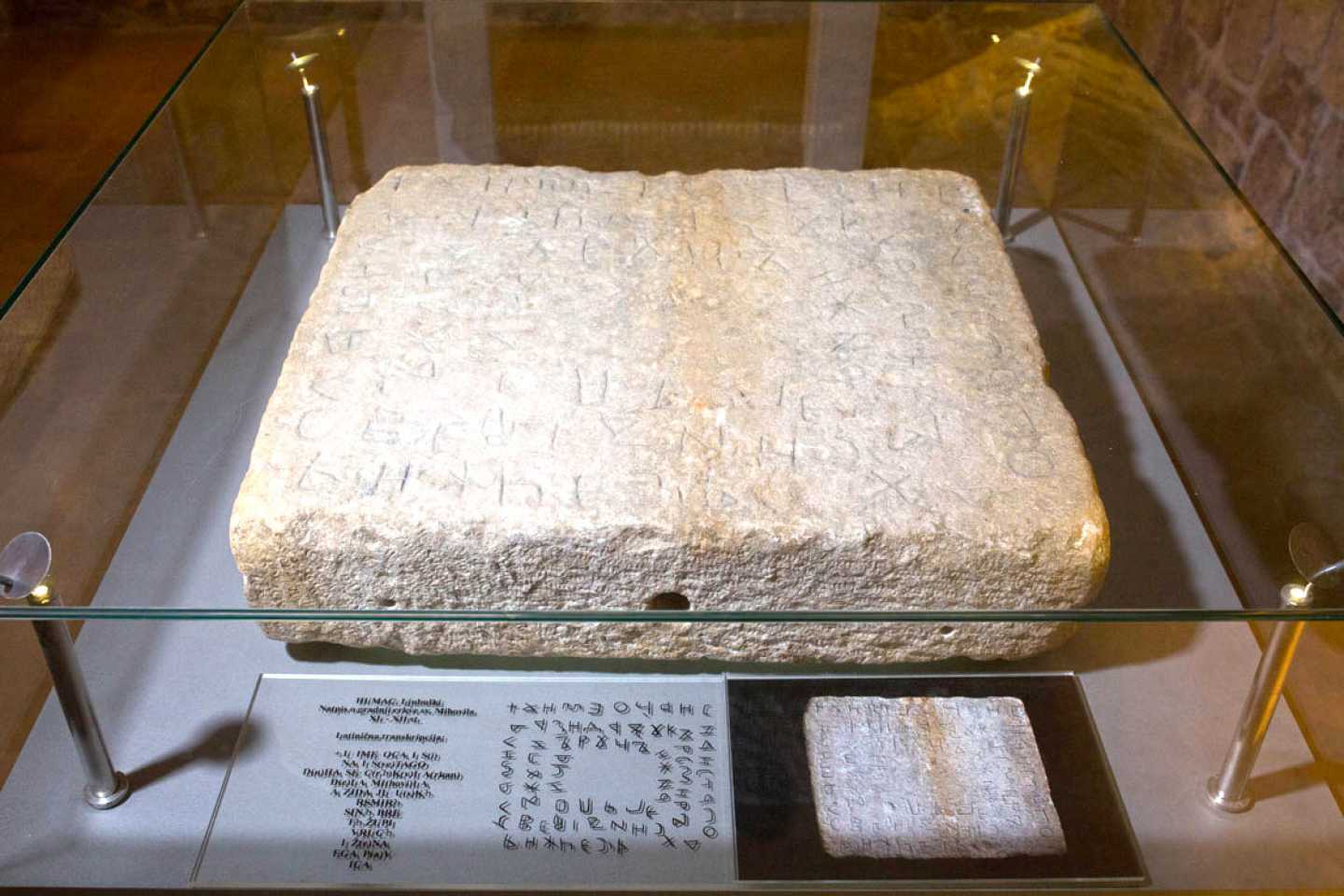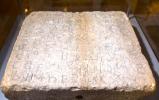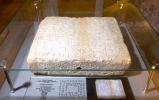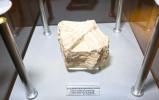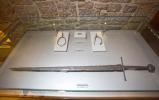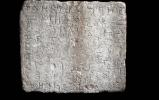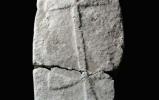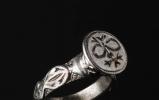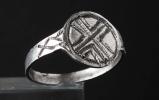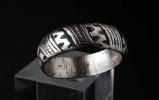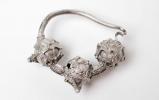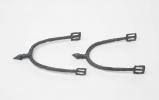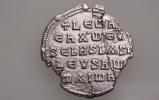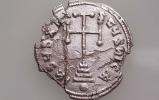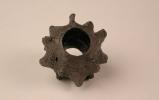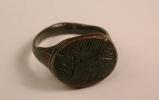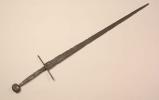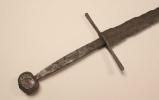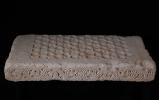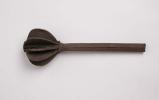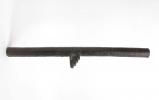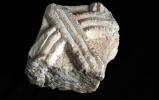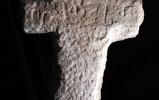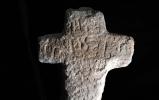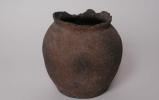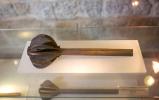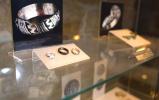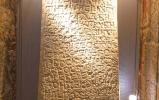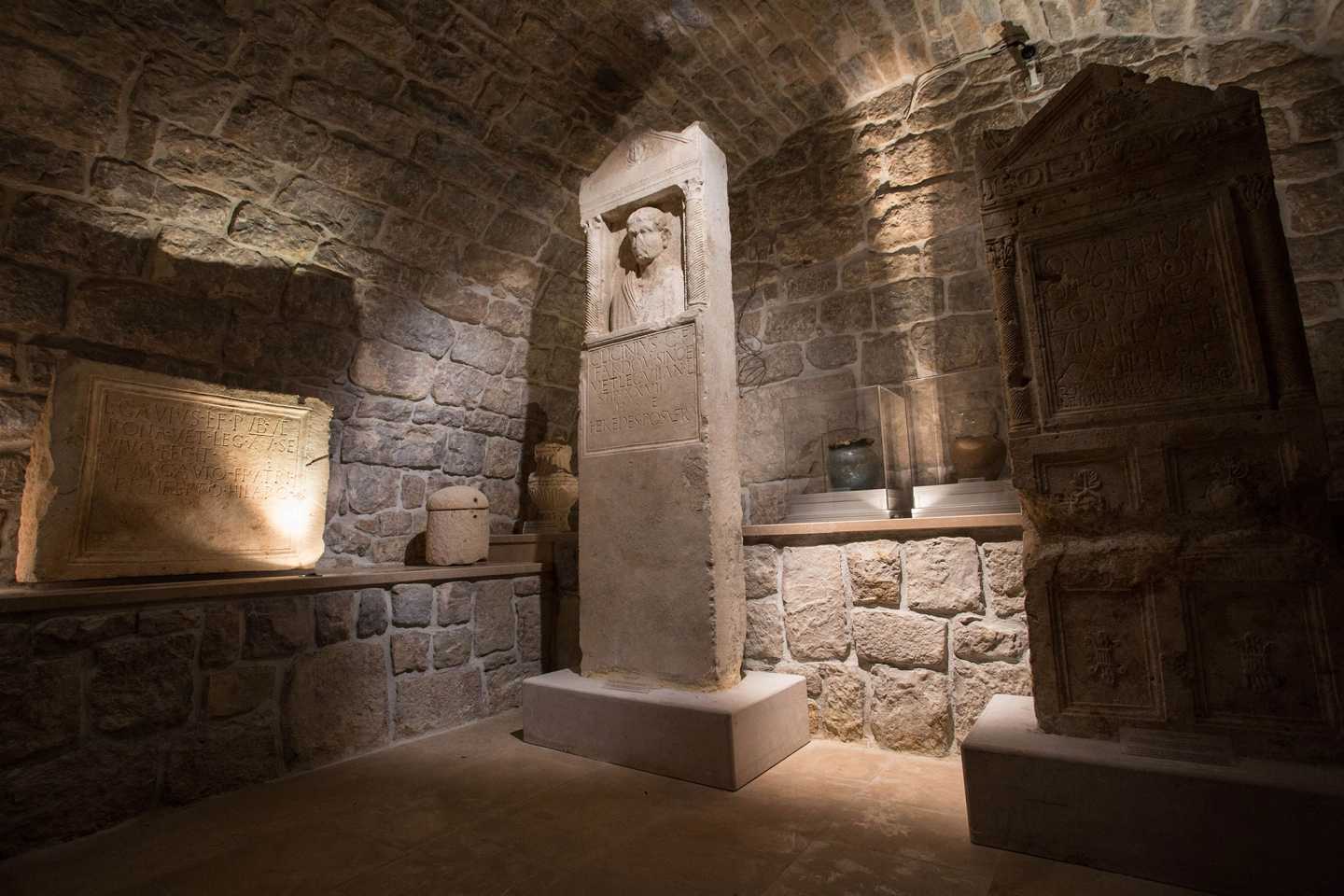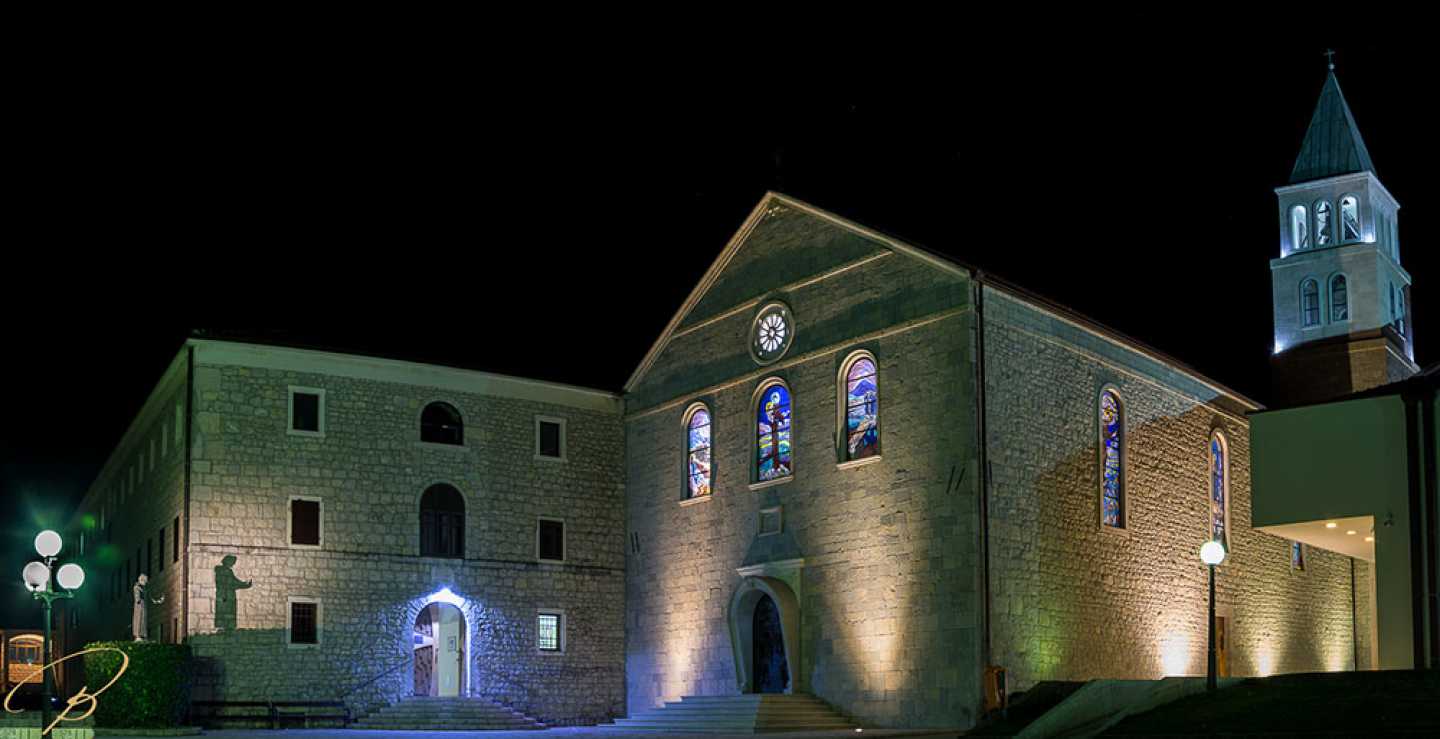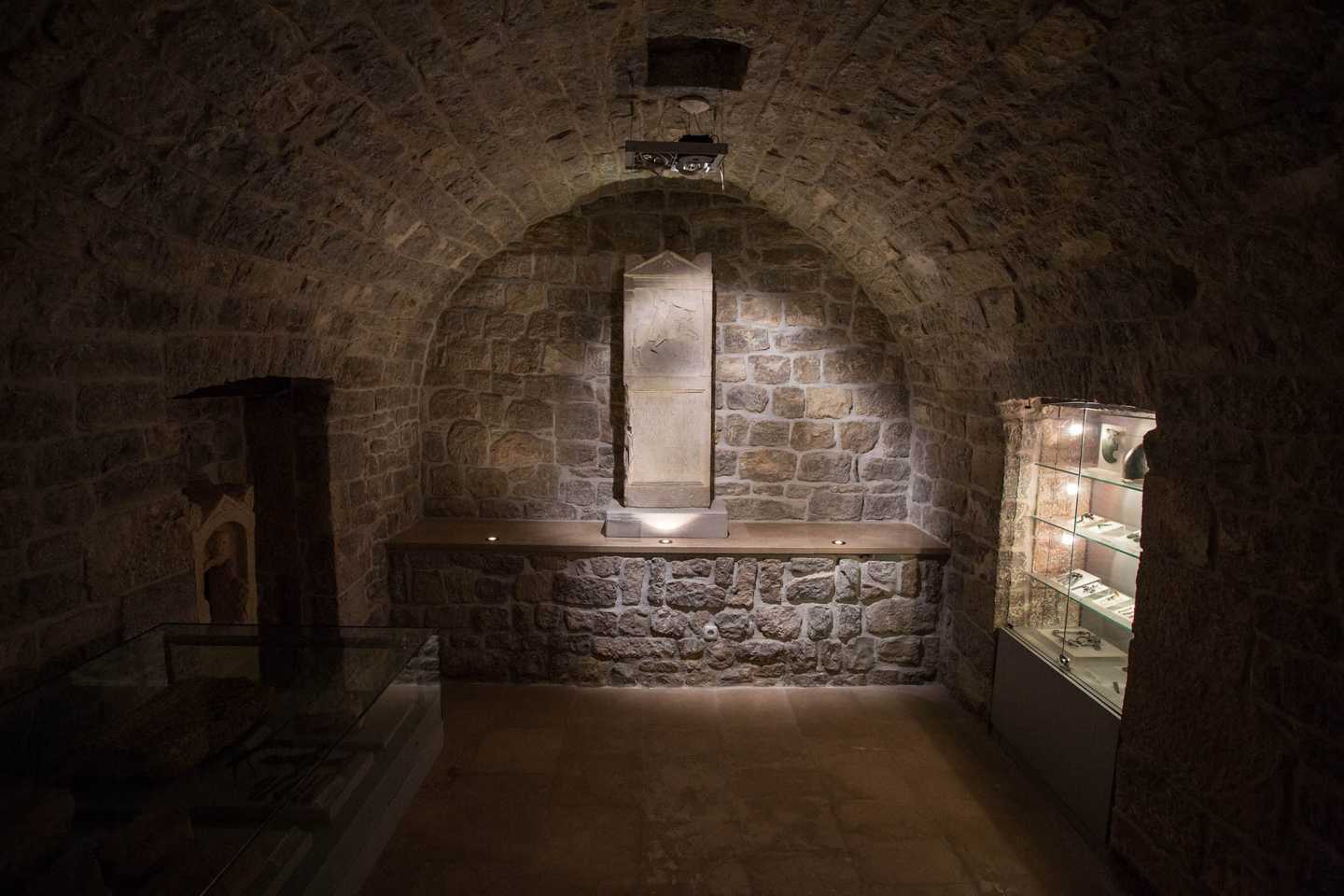The high degree of political independence and solid organization these countries had during the early Middle Ages. This autonomy over time decreases and occasionally it enters the boundaries of surrounding states while retaining a certain aspect of independence. Finally in the twentieth years of XIV. century almost the entire area of Hum Land, and the space between the Neretva and Cetina, which made the mainland of Pagany, entered in the borders of the Bosnian state. Although the entire territory of the Hum Land has become part of this state, and despite the fact that the name in the ruling title and its representatives sit in the state council, the Humska nation has no more unique political authority for its entire territory. Only a few decades before the final fall under the Turkish occupation, great Stjepan Vukčić Kosača tried to unite the entire territory of his country, but that organization had quite another content. All of these attempts broke the catastrophic Turkish conquests that were completed in the early 80s of XV. century.
The Middle Ages left behind monuments that can be classified into three groups: cities, sacral buildings and necropolises. Each of them in the wider area of Herzegovina is represented by a large number, but in a spatial and chronological sense unevenly distributed, which can be a reflection of the state of exploration of these monuments.
All medieval towns in Herzegovina were erected in XIV. and XV. century apart from the early medieval town Mokriskika, today's forts above Mokro near Široki Brijeg mentioned in the mid-X century. Most of these established settlements as political, administrative, economic, cultural and religious centers, in the XV. century are raised or substantially fortified by Herceg Stjepan Vukčić Kosača. They still pay attention to the monumental nature of their ramparts placed on hard-to-reach and prominent faces of hills. They are represented in the photo exhibition and several copies of cold and firearms and equipment.
Church buildings have been builted since the time of the first christians of today's inhabitants of Herzegovina, often on the foundations of early Christian churches. There are fewer monuments known by name or by minor remains. Early medieval churches belong to the period of IX. - XII. century and by the artistic style of the pre-Romanesque and early Romanesque church, while later on have the characteristics of Romance and Gothic. The available material consists of an epigraphic monument and parts of architectural decorative plastics. All these items are exposed here.
The most numerous medieval monuments are necropolises.There are fewer known cemeteries before the XII. c. So far, a smaller number of excavated tombs has been explored, and the objects are in the exhibition, which are the usual inventory of these graves, came to the museum without any details of the location and circumstances of the find. They consist of jewelery, weapons, equipment and items of everyday use. Much better known are necropolises from the period XIII-XV. century due to its tombstones - stećak. Tombstones - Stećci are also the most valuable monuments of medieval art in us. Of the tens of thousands of famous monuments of harmonious forms (slab, chest, ridge cross), a large number of them in Herzegovina till today are provoking our admiration. Many have decorations of geometric, vegetative and architectural motifs, Christian and heraldic symbols, figural plays and others, and some of them also have writings in Croatian and Croatian Cyrillic. The imprint of one of the most valuable inscriptions on the Thombstone/stećak at all, was set up in this exhibition, an original copy as well as a photo of a necropolis and individual finds from the graves under them.


